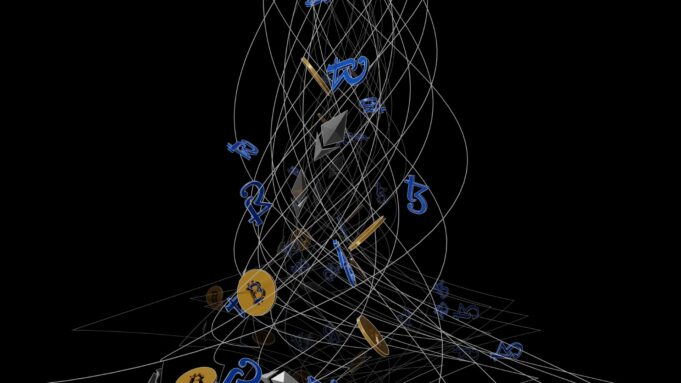Bitcoin is a decentralized digital currency that has revolutionized the financial industry. It is based on blockchain technology, which ensures transparency and security in all transactions. Bitcoin mining is the process of adding new transactions to the blockchain by solving complex mathematical problems. Miners are rewarded for their efforts with bitcoins, which they can then sell on the open market. However, the reward for mining a block is not fixed and undergoes changes called halving. This article will explore the effect of block reward reduction on Bitcoin’s hashrate.
What is Block Reward Reduction?
Block reward reduction is the process of cutting in half the reward given to miners for solving complex mathematical problems and verifying transactions. The initial block reward was 50 bitcoins, and the first reduction occurred in 2012, reducing the reward to 25 bitcoins. In 2016, the second halving occurred, reducing the reward to 12.5 bitcoins. The third halving occurred in May 2020, reducing the reward to 6.25 bitcoins.
The Effect of Block Reward Reduction on Bitcoin’s Hashrate
The hashrate is the amount of computational power used to mine Bitcoin. It is a measure of the processing power of the network and the number of miners participating in the network. The hashrate has a significant impact on the security and efficiency of the network. As the hashrate increases, the network becomes more secure, and transactions are processed more quickly.
The block reward reduction has a direct impact on the hashrate of Bitcoin. As the reward is reduced, the incentive for miners to participate in the network also reduces. This reduction in the incentive can lead to a decrease in the hashrate as miners switch to other cryptocurrencies or retire from mining altogether.
However, the hashrate of Bitcoin has not decreased significantly after each halving event. Instead, the hashrate has continued to increase, albeit at a slower pace. This phenomenon can be attributed to two main factors: the increase in the price of Bitcoin and the improvement in mining technology.
Price Increase
The price of Bitcoin has a significant impact on the hashrate of the network. As the price of Bitcoin increases, the incentive for miners to participate in the network also increases. This increase in the incentive can lead to an increase in the hashrate as more miners join the network.
In the months leading up to the 2020 halving, the price of Bitcoin increased significantly. This increase in the price of Bitcoin led to an increase in the hashrate of the network, as miners saw an opportunity to profit from the higher price of Bitcoin. This increase in the hashrate offset the reduction in the block reward, ensuring that the security and efficiency of the network were not compromised.
Mining Technology Improvement
The improvement in mining technology has also played a significant role in the maintenance of the hashrate of the network. As mining technology improves, miners can mine more efficiently, reducing the cost of mining and increasing profitability. This increase in profitability can offset the reduction in the block reward, ensuring that miners continue to participate in the network.
In recent years, there has been a significant improvement in mining technology. The introduction of ASICs (Application-Specific Integrated Circuits) has made mining more efficient and profitable. ASICs are specialized computers designed specifically for mining Bitcoin. They are faster and more efficient than general-purpose computers, making them ideal for mining Bitcoin.
Conclusion
The block reward reduction has a direct impact on the hashrate of Bitcoin. As the reward is reduced, the incentive for miners to participate in the network also reduces. This reduction in the incentive can lead to a decrease in the hashrate as miners switch to other cryptocurrencies or retire from mining altogether. However, the hashrate of Bitcoin has not decreased significantly after each halving event. Instead, the hashrate has continued to increase, albeit at a slower pace. This increase in the hashrate can be attributed to the increase in the price of Bitcoin and the improvement in mining technology.
Bitcoin is a volatile cryptocurrency, and its future is uncertain. However, the block reward reduction has shown that the network is resilient and can adapt to the changing environment. The next halving event is scheduled for 2024, and it will be interesting to see how the network reacts to the reduction in the block reward.

























